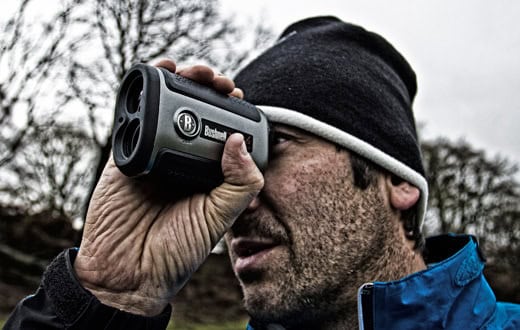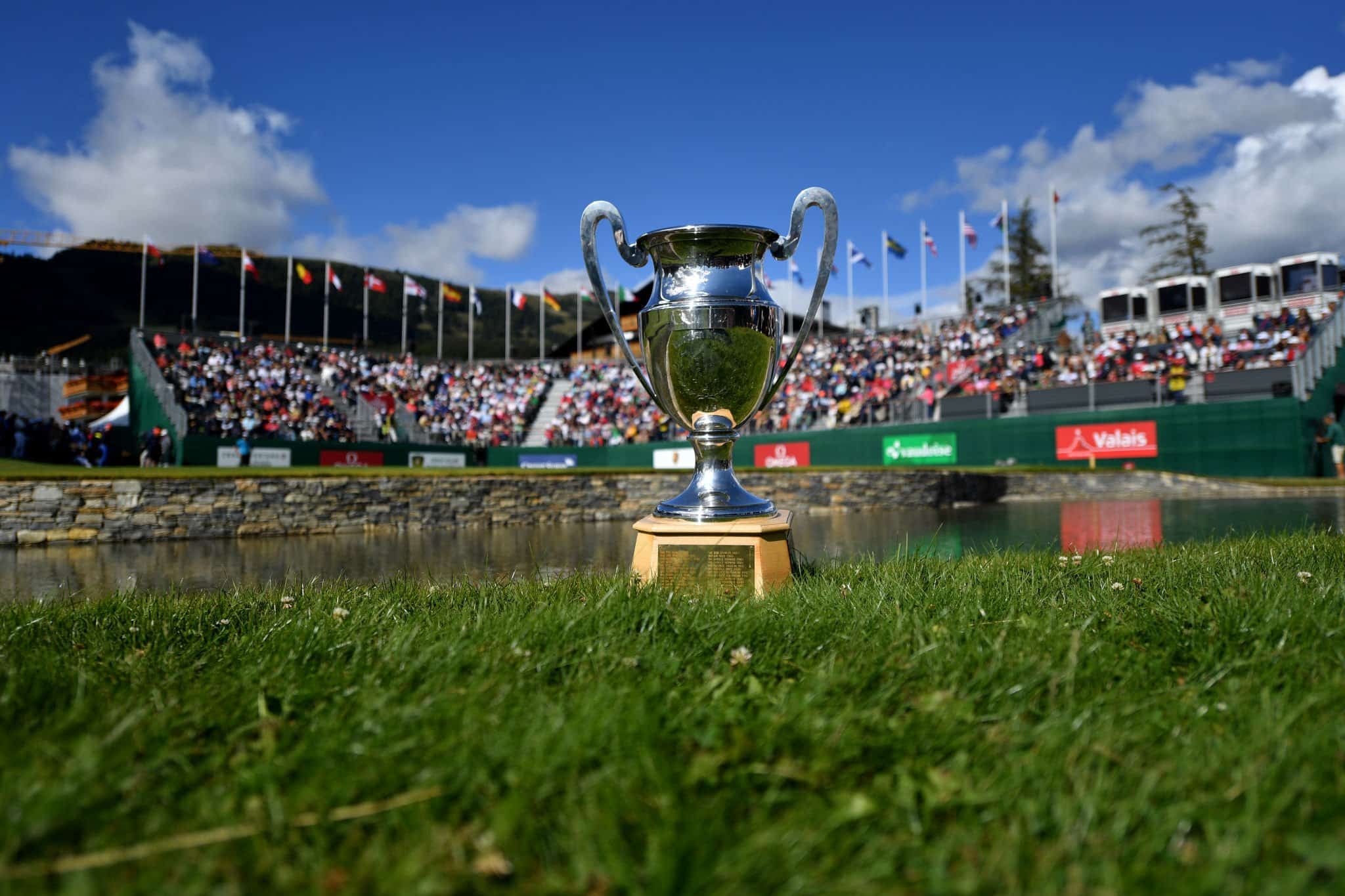
GPS v Laser: which should you buy?
This is a question I am often asked and one that I always find hard to answer.
The thing is, both lasers and GPS devices have their strengths and weaknesses. As such, I think the only option is to outline the benefits and drawbacks of both types and let you make your own decision.
First up, lasers. The ultimate in reliability and accuracy, they work by calculating the time it takes for a beam of light to hit the flag and return to the device. Because it is based on a constant (the speed of light never changes) you are guaranteed accuracy.
From 150 yards and in there is nothing better than a laser.
However, when you start to enter the realms of long approaches and lay-ups, hitting the flag – especially in the wind – can get difficult.
You are also without hope if you are facing a blind shot or in the trees.
From 150 yards and in there is nothing better than a laser. However, hitting the flag from long range can be difficult. GPS devices let you have a yardage from any part of the course and are essentially saving you the cost of a strokesaver every round by showing lay-up spots and the distance to them.
But they are not without flaw. To start with, they can be fiddly both to set up and operate – some require plugging into a computer beforehand. They also lack the precision of a laser because they can’t offer exact distances to a flag.
And they can be mapped incorrectly. There is always the chance that someone made a mistake and sometimes you can get the odd rogue number – when you’re outside, say, 150 yards, it is not that big a deal, but five yards out from 90 yards is a lot to some of us!
Even if the number is in fact accurate it can still be at the back of your mind and create doubt.
By contrast, with a laser you can double-check a number yourself if you are unconvinced.










